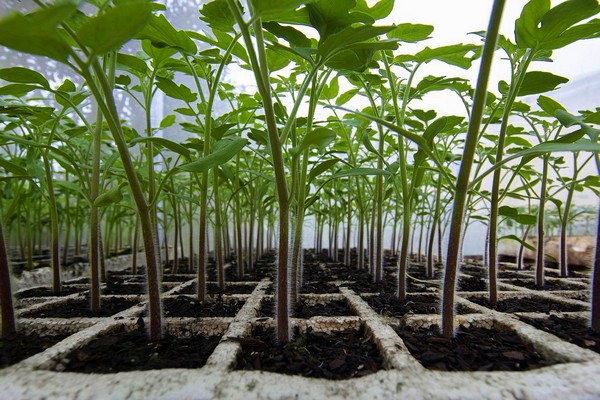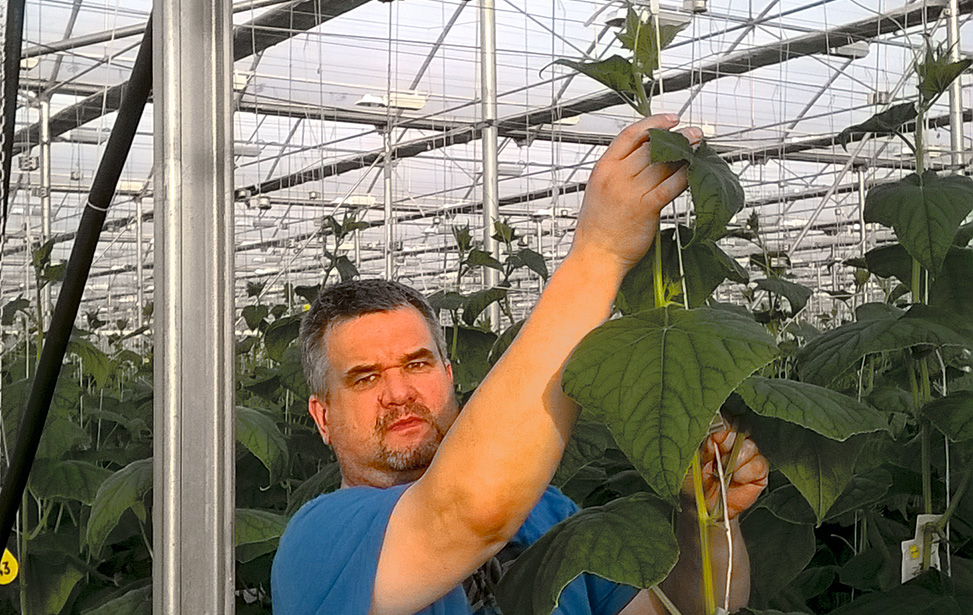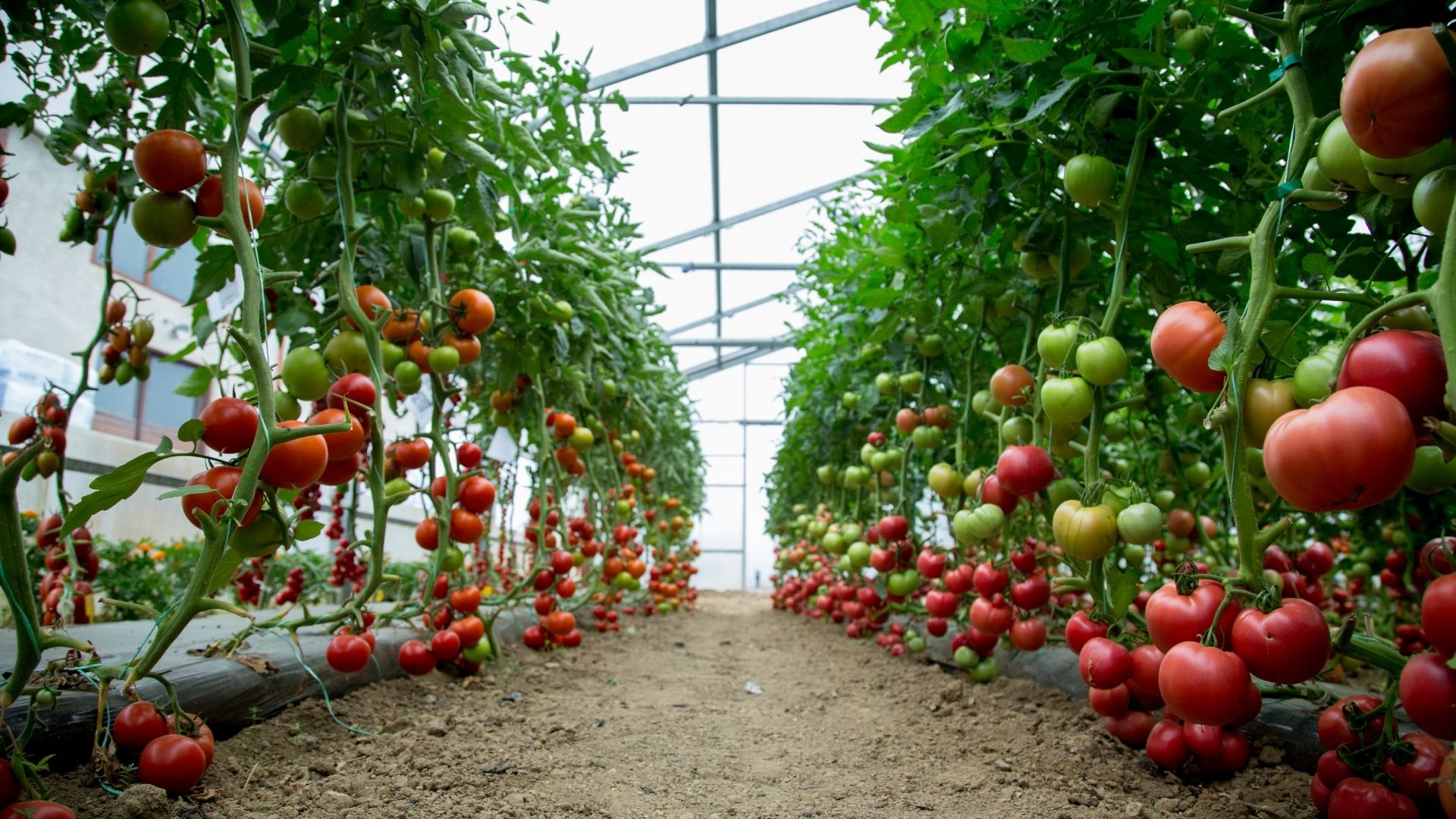Stevia (Stevia rebaudiana) has gained popularity as an alternative sweetener because it contains glycosides that are up to 300 times sweeter than white cane sugar. In warmer climates (USDA zones 9-11), it is a perennial herb, but it will not overwinter in areas with more severe winters and in those locations, it is treated like an annual. A group led by Dr. David Shew of North Carolina State University conducted extensive field trials to investigate its use as an alternative crop. NC State also a breeding program developing new cultivars
suitable to the hot and humid summer conditions prevalent in the Southern U.S.
All plants have an optimal pH range outside of which plants will struggle. At higher substrate pH levels nutrients such as Fe, manganese (Mn), zinc (Zn), and copper (Cu) become less available to the plant. In most cases plants with abnormally high pH values will experience Fe-deficiency symptoms. Iron is an immobile element in the plant and in result cannot be translocated from lower foliage to meet the plants needs in the new developing portions of the plant.
Thus, when attempting to diagnose Fe-deficiency it is important to account for the location of the symptomology to help eliminate other nutrient deficiencies. In this case of stevia, the plants upper portions are exhibiting yellowing and interveinal chlorosis (Fig. 3). Thus, with
the combination of symptom location, and the alkaline substrate pH values the cause of the interveinal chlorosis is Fe-deficiency due to elevated substrate pH levels.
Read the complete article at www.e-gro.org.













